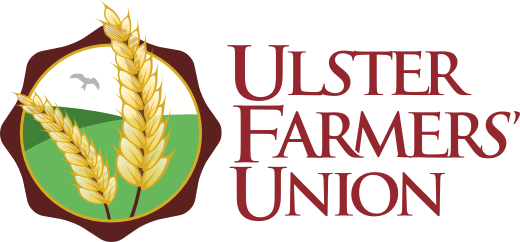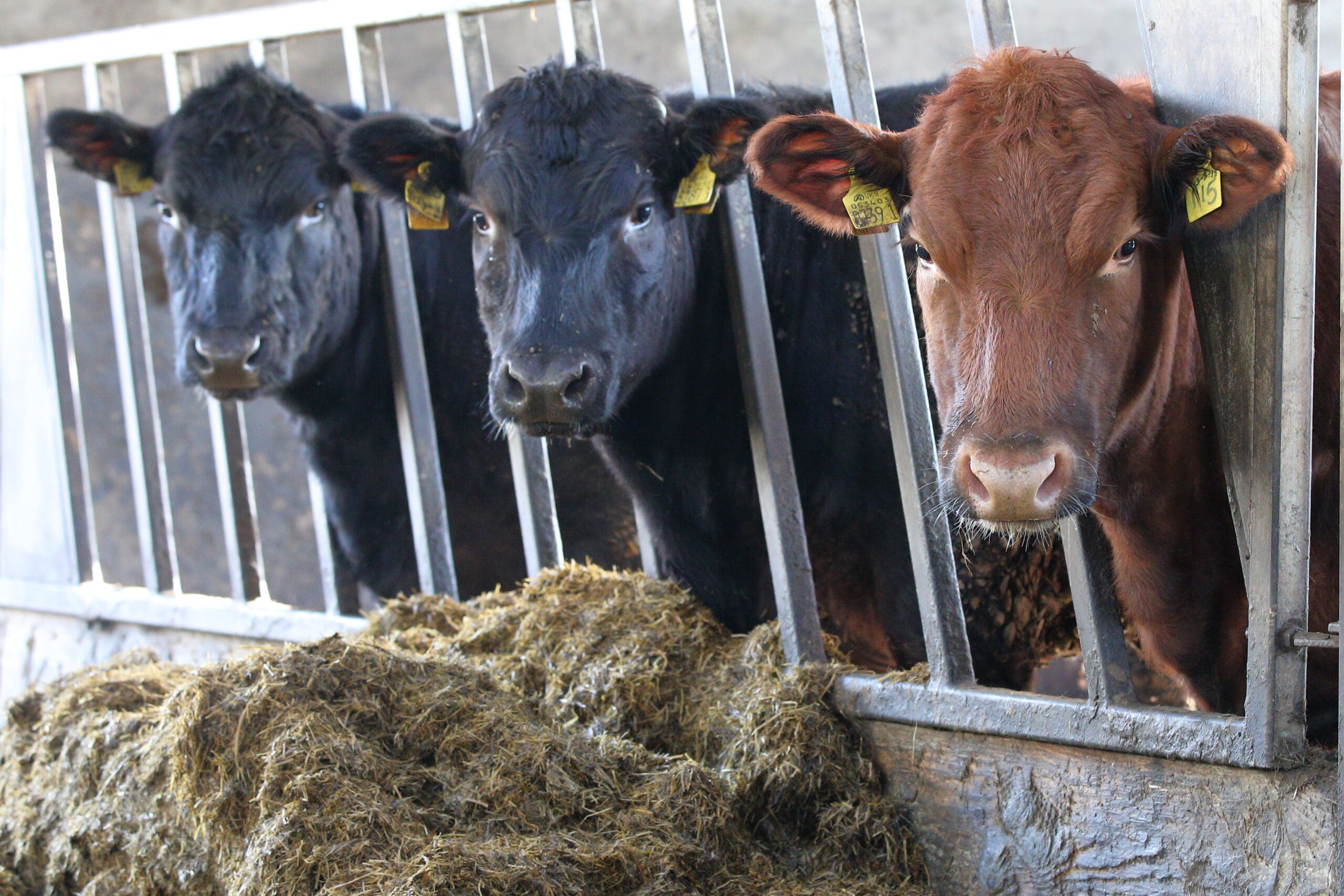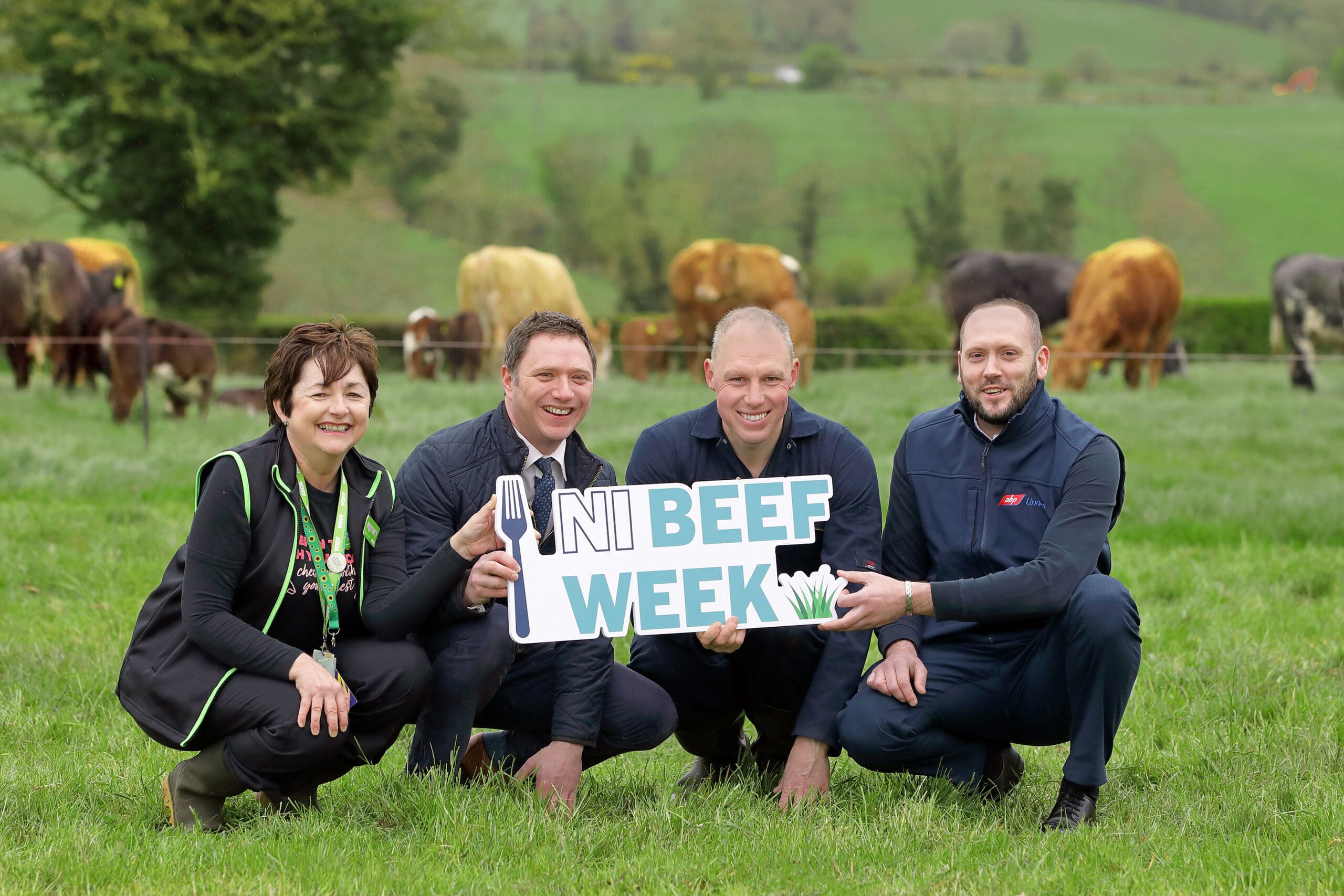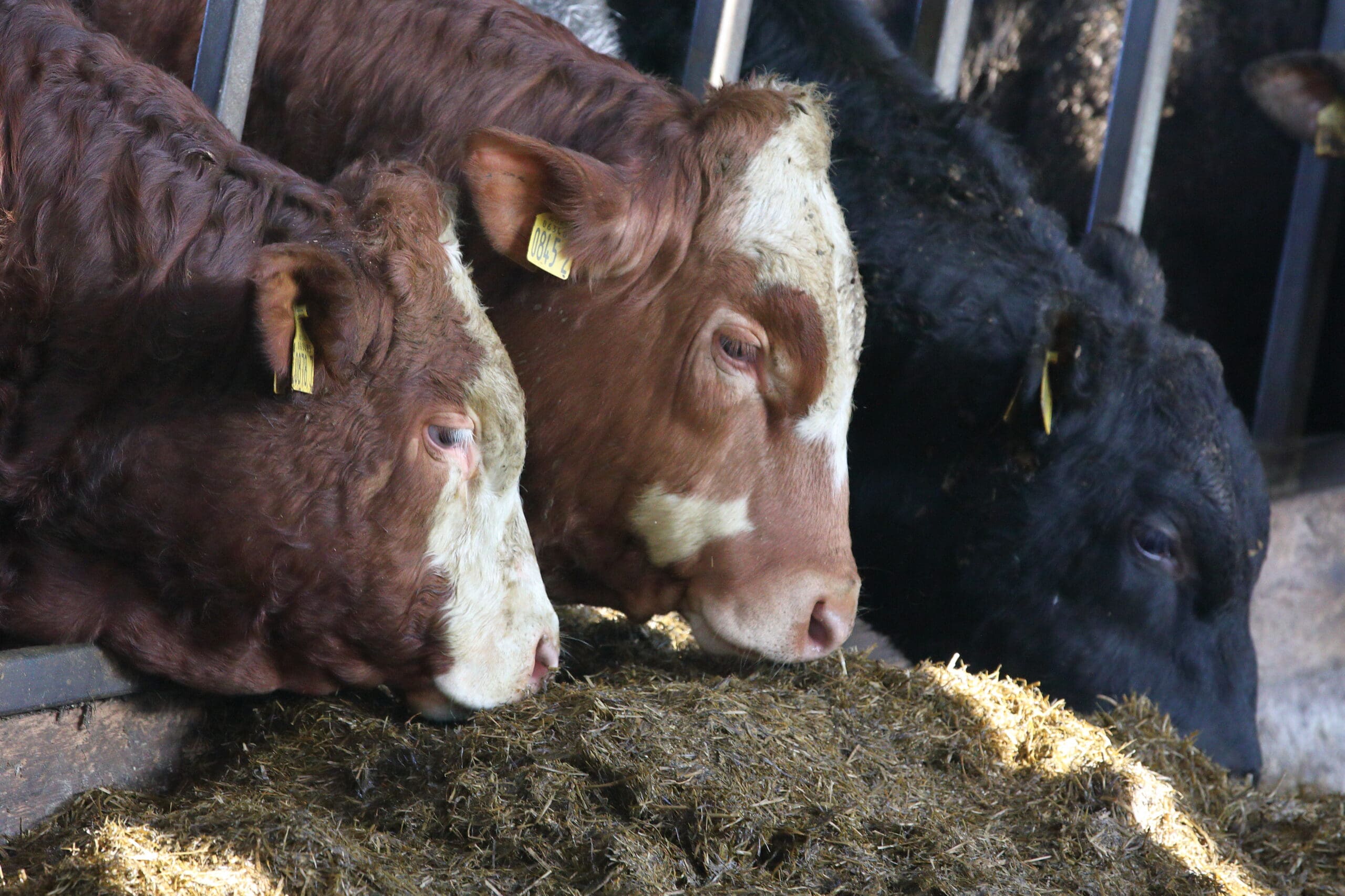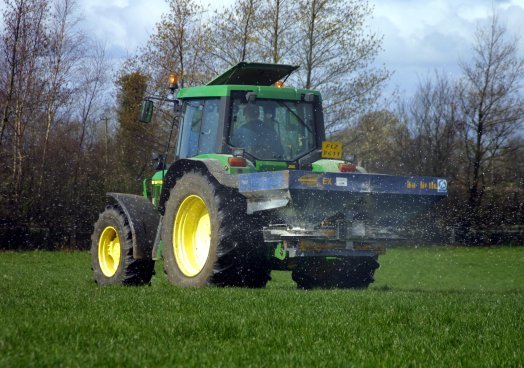
By senior policy officer, Aileen Lawson
Earlier this year, DAERA reached agreement with the European Commission (EC) on a new Nutrients Action Programme (NAP) for Northern Ireland replacing the previous Nitrates Action Programme and Phosphorus (Use in Agriculture) Regulations. The Nitrates derogation was also approved following intensive scrutiny by the European Commission, followed by a unanimous approval vote by the EU Nitrates Committee.
Prior to EC approval, DAERA had undertaken a consultation with NI stakeholders. The Ulster Farmers’ Union fought hard and were successful in forcing DAERA to make several changes to their original proposals. Many of the these if implemented, would have caused significant issues on farms. Despite these wins, the UFU remain concerned that there are a number of changes that will add cost and bureaucracy for more farmers.
The Department have issued a summary of the new measures and this can be found on the DAERA website. Further information and guidance will be issued to farmers later this year. All farmers should make themselves aware of the new Nutrients Action Programme to ensure they are compliant, and they can keep their payments safe as well as protecting the waterways.
The changes are being phased in but farmers need to be aware of what is coming down the line in order to ensure their businesses are prepared.
This year poultry farmers should note the amendments to excretion rates for different poultry production systems; poultry farmers must make sure they are using the correct figures when calculating the N loading on their farm.
Another change that has been introduced is new spreading restrictions in October and February. Farmers spreading slurry in early October and during the month of February, will have to abide by increased buffer zones in fields adjacent to waterways and the maximum slurry application rate has been reduced from 50m3/ha (4500gallons/acre) to 30m3/ha (2700gallons/acre) at any one time.
Dairy farmers should be aware that from 1st January 2020, the N excretion rate has been increased from 91kgN/cow/year to 100kgN/cow/year. This will result in dairy farmers requiring more acres/cow from next year to meet the nitrogen loading limits (170kgN/ha/year). On the plus side N excretion rates for the other categories of cattle have decreased slightly. Farmers above the 170 kgN/ha/year limit should consider applying for a derogation.
Rules around the use of phosphorus fertiliser will get tougher from 2020 to ensure chemical fertiliser containing phosphorus is only used where it is needed. The rules around spreading chemical phosphorus will now be part of cross-compliance and farmers must carry out soil testing and keep additional records to prove the need for the fertiliser. Applying excess phosphorus is costly for the farmer and the environment therefore it is vital that farmers who are not currently doing so, get their soils test and if necessary either attend training on nutrient management or seek expert advice on fertiliser applications.
The UFU has been working with DAERA, NIEA and other stakeholders to ensure the new NAP Guidance Booklet being produced to interpret and explain the new regulations, is practical and useful for farmers.
